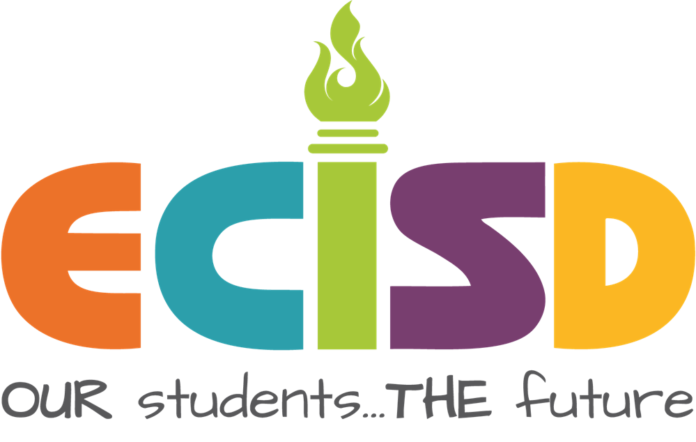Ector County ISD students, parents, and teachers are eagerly awaiting the launch of the SpaceX CRS-29 rocket carrying a student-designed experiment from the STEM Academy, and mission patch art from Buice Elementary and Wilson & Young Middle School. The rocket carrying the student work is scheduled to launch from the Kennedy Space Center in Florida on November 9 at 7:28 p.m., Central Standard Time. Student Spaceflight Experiments Program (SSEP) Mission 17 includes student participants from all over the United States, and also from Canada and Ukraine.
The winning experiment designed by the STEM Academy team will determine if a fungus, Pestalotiopsis microspora, can survive and reproduce in the microgravity environment on the International Space Station (ISS). The fungus could be used in space to decompose plastic waste; the decomposed plastic then becomes an organic material that astronauts could grow plants in for food. Astronauts on the ISS will conduct the experiment in space, while at the same time the students are performing the experiment here on Earth for comparison, a news release said.
The STEM Academy team members are Evan Hernandez, Bryan Nash, Georgi Shoumaroff, Evan Boyer, and Kagan Holder. The team is coached by STEM Academy teacher Karey Grametbaur, and mentored by UTPB scientists Paula Gutierrez, JoAnna Clayton, and Kedaijah Evans.
Accompanying the experiment to the ISS are two mission patches created by students Edith Martinez and Naelie Perez. These students’ artwork was selected from thousands of entries from all across Ector County ISD. Mission patches have been a part of U.S. spaceflight since the 1960s, making this art competition an authentic part of the SSEP spaceflight mission.
ECISD’s participation in SSEP was made possible by generous donations from HEB, Chevron, and the Education Foundation. The Student Spaceflight Experiments Program is a program of the National Center for Earth and Space Science Education (NCESSE) in the U.S. and the Arthur C. Clarke Institute for Space Education internationally. It is enabled through a strategic partnership with Nanoracks LLC, which is working with NASA under a Space Act Agreement as part of the utilization of the International Space Station as a National Laboratory. SSEP is the first pre-college STEM education program that is both a U.S. national initiative and implemented as an on orbit commercial space venture. The Smithsonian National Air and Space Museum and the Center for the Advancement of Science in Space (CASIS) are U.S. National Partners on the Student Spaceflight Experiments Program.




